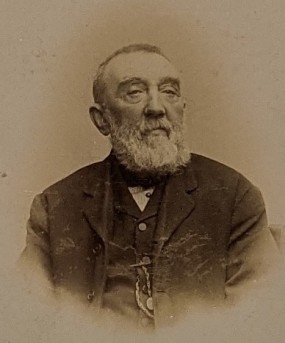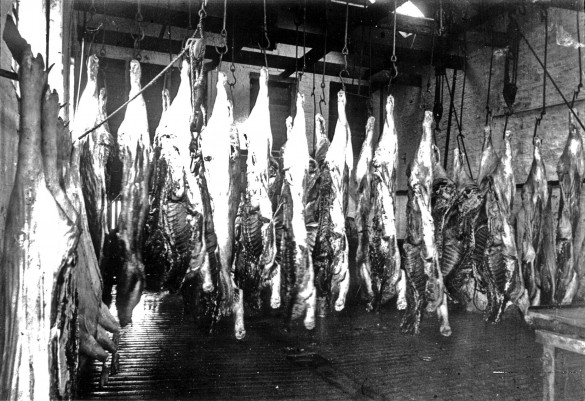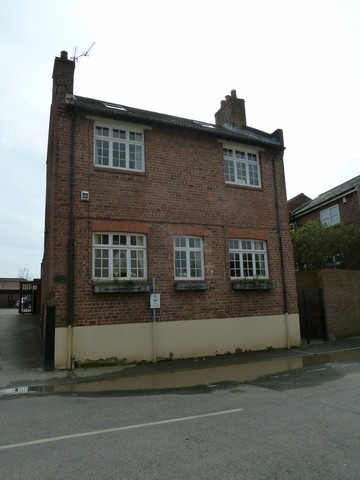



View navigation
 The idea of a co-operative enterprise in York arose out of a conversation on the Knavesmire in 1858. Mr John Barker and Mr Robert Rathmell were apparently on their way to the August races. Rothwell described how he had been reading “Self-Help; or, the History of Co-operation in Rochdale”. The two gentlemen agreed that the principles of the ‘Rochdale Pioneers’ could be beneficial to York. They decided to call a meeting, and it all developed from that. Mr Rathmell went on to be the Society’s president and treasurer.
The idea of a co-operative enterprise in York arose out of a conversation on the Knavesmire in 1858. Mr John Barker and Mr Robert Rathmell were apparently on their way to the August races. Rothwell described how he had been reading “Self-Help; or, the History of Co-operation in Rochdale”. The two gentlemen agreed that the principles of the ‘Rochdale Pioneers’ could be beneficial to York. They decided to call a meeting, and it all developed from that. Mr Rathmell went on to be the Society’s president and treasurer.












